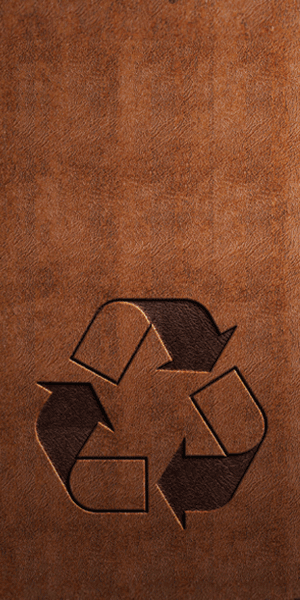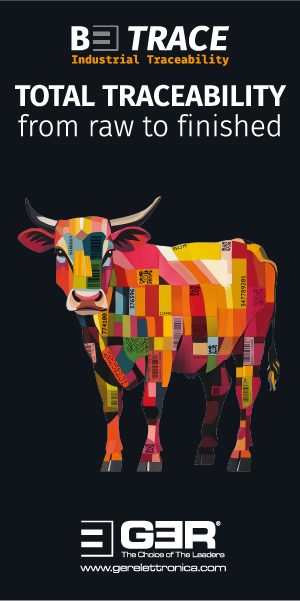Chen Zhanguang: China holds its own

The covid-19 years had an impact on the leather industry in China, as on all other sectors. But vice-president of the China Leather Industry Association, Chen Zhanguang, insists the industry has stood up to these challenges and is looking forward to better times in 2024.
In broad terms, how did the Chinese leather industry function during the years of covid-19?
In the past three years, factors such as international geopolitical conflicts and the epidemic have been intertwined. The downward pressure on the domestic economy has increased and the Chinese leather industry has been under pressure. China’s leather industry has shown the characteristics it is well known for: resilience and strong risk-resistance. It has basically maintained its scale advantage and international competitiveness. In 2022, the leather industry in China achieved sales revenue of about 1.16 trillion yuan, which is more than $150 billion. Exports exceeded $100 billion for the first time, reaching $107.5 billion in the end.
What effect did the pandemic have on leather manufacturing in China?
It has had a great impact on global industrial activity and on the supply chain. The cost of international raw materials and transportation has soared. During this period, the price of shipping containers increased by more than 10 times and the cost of chemical materials has doubled. This has had a great impact on the leather industry, including in China. Owing to the poor supply chain situation, domestic consumption has also been affected to a certain extent. With the surge of inflation in Europe and the US, the international consumer market has also been greatly affected, especially for leather products, which often have a higher price. Therefore, China, which has the largest production of leather and leather products in the world, has inevitably been affected.
Please describe the principal ways in which the situation is different now in the second half of 2023.
In the first half of 2023, affected by sluggish demand at home and abroad, China’s leather industry faced great downward pressure. From January to June this year, the Chinese leather industry achieved revenues of 380 billion yuan, or just over $50 billion, a year-on-year decrease of 6.9%. Among them, the sales revenue of key tanning enterprises is 26.5 billion yuan, around $3.6 billion, a year-on-year decline of 12.4%. The volume leather that Chinese tanneries produced in the first half of 2023 was 160 million square-metres, down by 6.1% compared to the same period last year. Although there has been a decline, the rate of that decline is narrowing month by month, which shows that China’s leather industry as a whole is now getting better. In particular, consumption is gradually returning to the right track, which is an important driving force for the recovery of the industry in this second half of the year.
How much finished leather did China produce in 2022?
The total for the year was around 500 million square-metres.
What are your projections for production in 2023?
We anticipate a decrease in the production of finished leather in China in 2023 to some degree because of the poor performance of the domestic and international markets this year.
What percentage of the leather China produces in 2023 will go for export?
In recent years, with the transfer of orders for some international footwear brands to south-east Asia, the proportion of direct exports of China’s finished leather has increased to a certain extent. However, in general, the finished leather our tanneries produce still mainly supplies our domestic market. The volume that will go for export to the international market will be about 15% of the total.
What is the panorama for using Chinese leather in the domestic market now? Which vertical sectors are increasing their demand for leather from Chinese tanneries?
The Chinese market has a high preference for leather, and the requirements for the quality of leather are getting higher and higher. For example, demands concerning the performance of leather manufacturers in environmental protection and in their management of chemicals; these are becoming stricter. In addition, the tolerance of defects and of leather that smells strongly is becoming lower, so the requirements for the quality of raw hides and for control of volatile organic components are also stricter.
What will the China Leather Industry Association’s priorities be for 2024?
Firstly, to guide the industry to accelerate scientific and technological innovation and promote its transformation and to upgrade the tanning industry from a traditional manufacturing sector to one of modern manufacturing. The development of science and technology will make leather more environmentally friendly and more fashionable, and make leather more irreplaceable. These developments will help the leather industry cope effectively with the impact of substitute materials such as polyurethane and textiles. In addition, through the development of science and technology, the automation and intelligence level of leather manufacturing will be improved to solve the problem of labour shortages.
At the same time, we aim to further strengthen the promotion of leather among consumers. The China Leather Industry Association will use the Genuine Leather Mark, our certification for leather products, and Eco-leather Mark, our certification for finished leather, as our flagships, to let consumers better understand the unique characteristics of this natural, environmentally friendly material that gives comfort, fashion and other good properties. At the same time, we want to let consumers understand the misleading messages that often surround substitute materials.
Chen Zhanguang. Credit: China Leather Industry Association






























